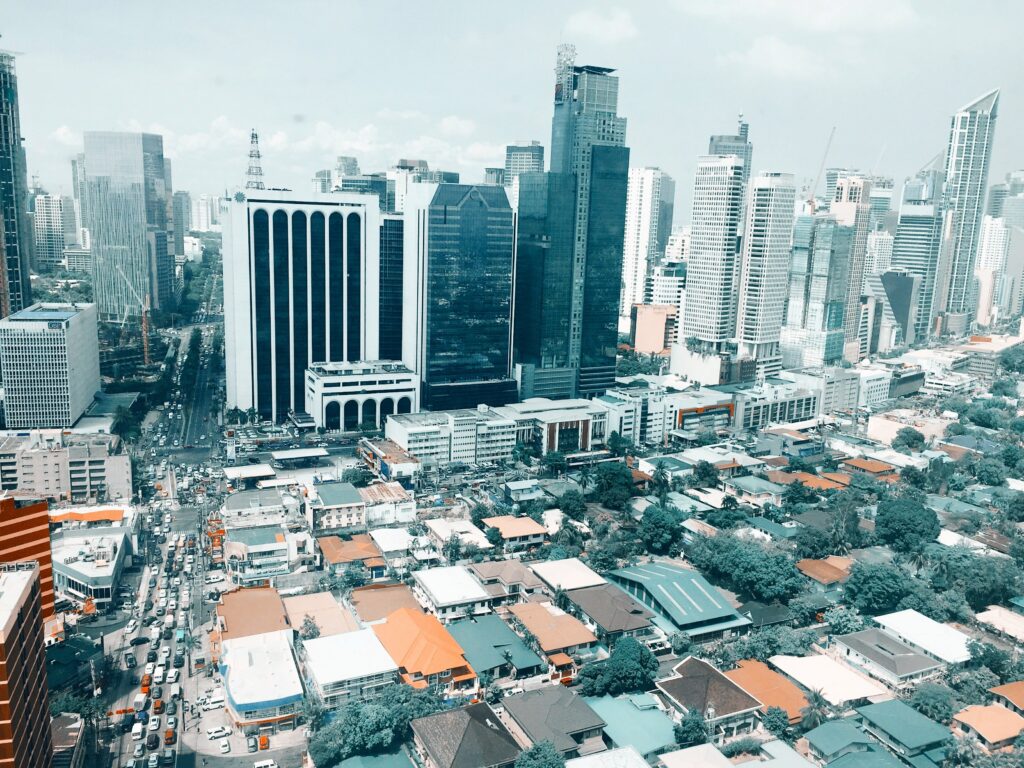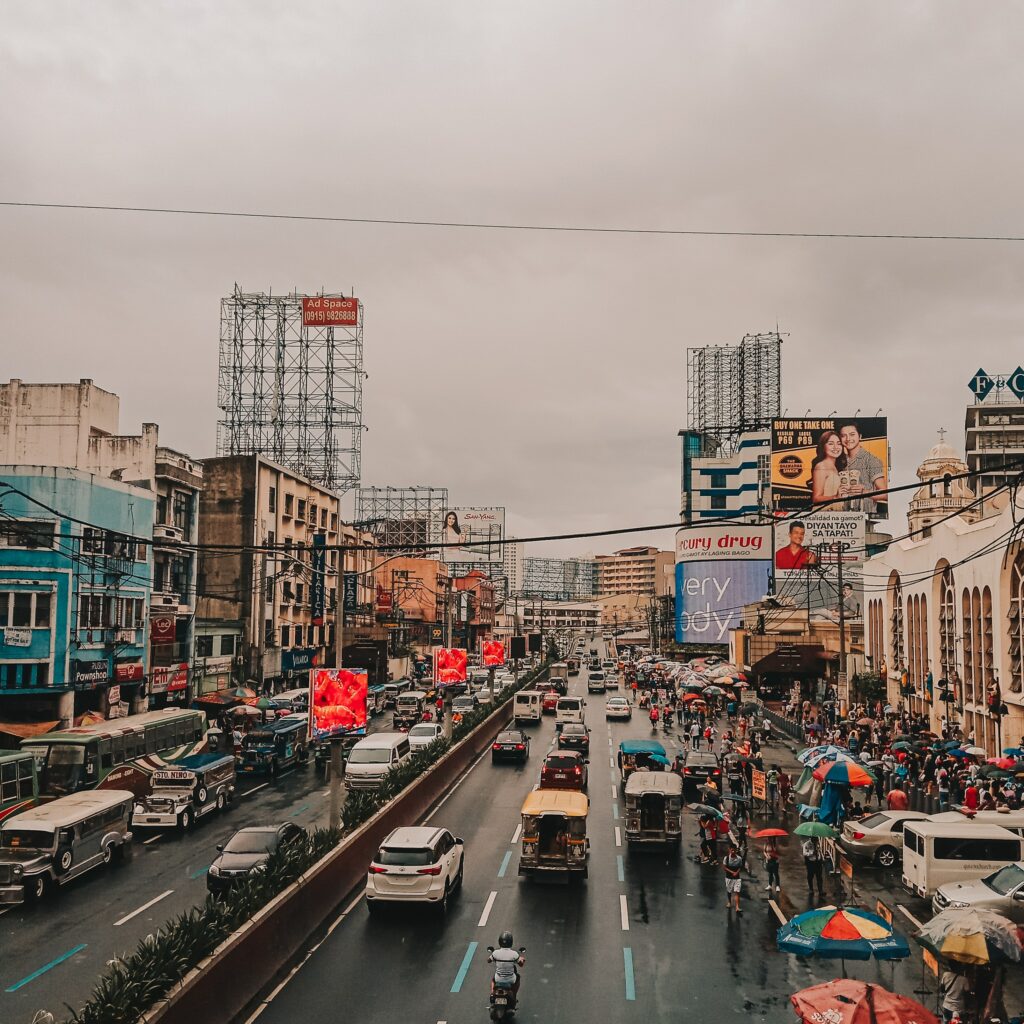While cities like Amsterdam and Copenhagen have adopted the bicycle as the future of transportation, it’s simply not the case for other places in the world. But there’s just as much to learn from those who lack as there is with those who prosper. So today, let’s take a look at the Philippine capital city of Manila.
As someone who bikes to work and has had to ride through EDSA (the capital’s busiest and most infamous highway) on a daily basis, believe me when I say that it wasn’t the leisurely ride that one would expect from the more developed areas of the world. Here, you’d be hard-pressed to find a portion of the metropolis that isn’t overcrowded. You’d think a city this congested would automatically resort to alternative means of transportation, and while Daydreaming in Paradise details that car sales have dropped for the first time in 7 years, Manila still has a long way to go. To its credit, the Philippines has taken a step in the right direction when it comes to making its cities more bike-friendly, so let’s see what lessons we can learn from Manila about cycling.

Safety
Rappler reports that 1,127 people on bicycles died in crashes from 2005 to 2013, averaging to about 125 fatalities per year. As a response to this, the Philippines passed House Bill 8911, which mandates a 1.5-meter minimum overtaking distance from cyclists by motor vehicles in 2019.
Now consider how you may have taken safety for granted. Collisions happen all the time all over the world, and it can happen to you even in an environment that does its best to protect you. While you can’t control everything on the road, there are some things you can: Check your breaks, check on your tires, and most of all, remain alert at all times.
Bask in Nature
Because of the sub-optimal conditions afforded to cyclists in Manila, they’ve been forced to look for alternative spaces to scratch their cycling itch. For instance, the holiday town of Tagaytay is a two-hour car ride from Manila, and in it is one of the most breathtaking cycling trails in the world. The Twin Lakes Mountain Bike Trail is a 2.5 km that goes deep into a lush forest, all while giving you one of the best views of Taal Lake that you would have missed had you not gone on this trail.
Why not take your cycling away from the city once in a while? Go on a hike or a camping trip and bring your bike with you. While some cities are great for cycling, there’s just something about the great outdoors that cities will never be able to replicate.

Ride on Sundays
In Manila, cycling is tantamount to a luxury. Some people set aside one day and head out to a trail or a park, and just take cycling as an opportunity to relax and unwind. Could you say that you’ve treated cycling the same way?
If you find yourself getting a little tired of cycling, why not try and view it as a treat? Use Sunday cycling as an opportunity to have fun instead of the usual slog that it may have turned into in your daily life.
Community Building
When things go awry and no one does anything about it, communities must rise to the occasion. This is what the National Bicycle Organization (NBO) is all about. The NBO organizes events and bicycle lessons in the Philippines in hopes of fostering a more bicycle-friendly city.
Remember that cycling doesn’t always have to be a solitary experience. Gather up some friends and take a ride together. What better way is there to build a community than a shared passion for cycling?
Remember why you do it
Considering how hard it is for cyclists in Manila, you’d have to wonder why anyone would still do it. Well, the short answer is: They like it. Despite all the hardships that cyclists go through, enthusiasts keep on and do it for the love of it.
You may have taken advantage of the experience of cycling, reducing it to nothing but a means to get from Point A to Point B. Think back to the times when you enjoyed doing it — this way, you may end up enjoying your daily rides more than usual.
Mandy Johnson has been a digital nomad long before the term became a buzzword for aspiring remote workers around the world. She spent four years living and working in the gridlocked traffic of beautiful Metro Manila, a daily puzzle that she sometimes solved with pedal power. When she’s not chasing after deadlines, she’s scouring the edges of the metro for new places to explore with her trusty mountain bike.